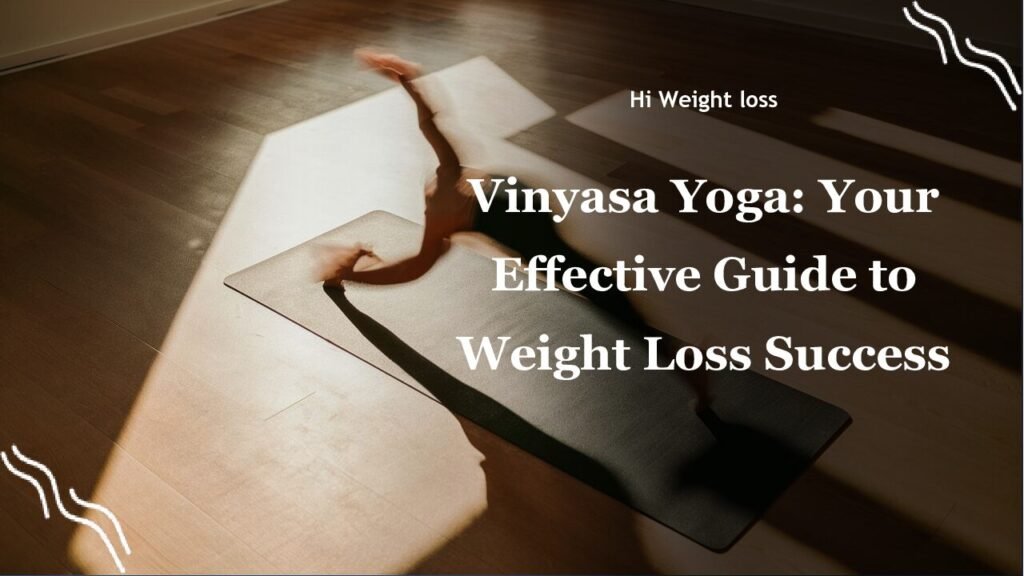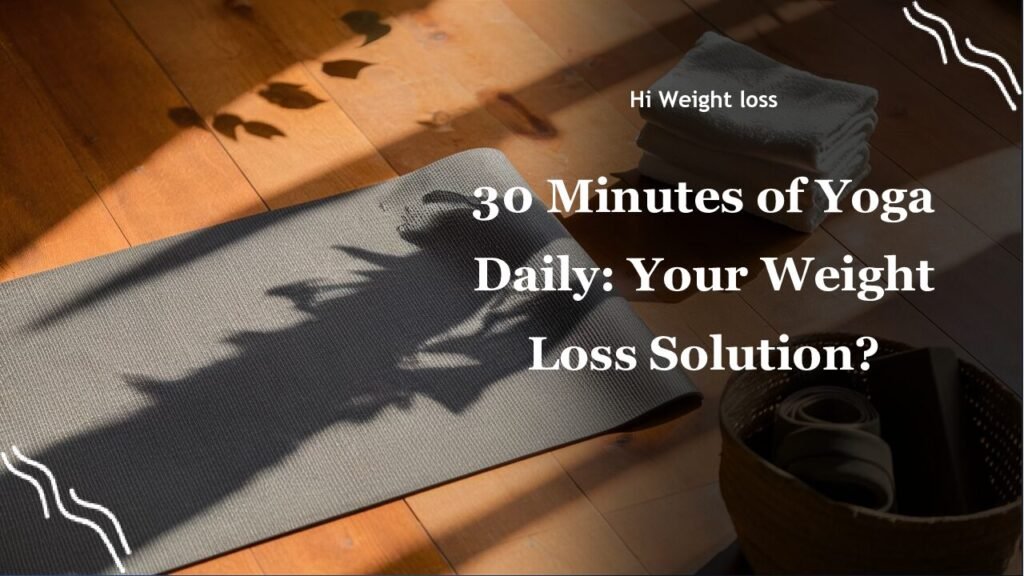“`
Feeling torn about whether to jump into a high-intensity workout or ease into a yoga session first? It’s a common dilemma, and making the wrong choice can leave you feeling less than your best, potentially even increasing your risk of injury. But what if you could understand the best way to combine these two beneficial practices? This article will explore whether *yoga before exercise* is the right approach for you, focusing on how to maximize your workout effectiveness while keeping your body safe and energized.
Understanding the Best Order: Yoga or Exercise?
Many of us face this question regularly: should we start with the calming flow of yoga or the high-energy push of a workout? The answer isn’t as simple as choosing one over the other; it’s about understanding how each activity affects your body and how they can complement each other. Personally, I used to think any kind of movement was good movement. I’d jump straight into a run and then do some stretches at the end, but that sometimes left me feeling a little stiff and sore, and I started researching better options.
The Importance of Warming Up Before Any Activity
Before we dive into *yoga before workout*, let’s address the foundational principle: warming up. Whether you’re doing yoga or high-intensity exercises, preparing your body is crucial. This means getting your muscles warm and increasing blood flow to prevent injuries. Imagine trying to bend a cold, stiff piece of plastic—it’s much more likely to snap. Your muscles are the same; they need to be pliable.
Think of it like this: if you don’t warm up, your muscles are like a cold engine. It’s harder for them to perform their best and more likely to break.
Warming up doesn’t have to be complicated. Gentle movements like walking in place, arm circles, or light stretches can make a world of difference. As Yoga Rove suggests, simple stretches and dynamic movements help prepare your body for more intense activities.
Why Warm Up Before Yoga?
Even though yoga often seems gentle, it can be quite intense, especially for those new to the practice. That’s why a proper warm-up is crucial before you start your flow. Warming up increases blood flow to your muscles and prepares your joints for movement. According to Yoga Rove, this not only reduces injury risk but also enhances your awareness of your body’s current state.
Starting with simple poses, like Easy Pose and Easy Seated Twist, can begin this process. Then, you might include dynamic movements like Cat-Cow. This pre-yoga preparation helps you get the most out of your practice while safeguarding your body.
The Benefits of Doing Yoga Before Exercise
If you’re planning to combine yoga with another form of exercise, consider starting with yoga. Research published in the Canadian Journal of Cardiology highlights the advantages of combining structured yoga with aerobic workouts for better cardiovascular health and reduced blood pressure. This suggests that yoga can prepare your body for more intense physical activity, and I can attest to that myself. I’ve found that when I start with a gentle yoga routine, my workouts feel more fluid and I’m less prone to strain.
What makes *yoga before exercise routine* so effective? Yoga’s focus on flexibility and mindfulness helps to increase blood flow and prime your muscles, reducing your chance of injury. Furthermore, it creates a connection between mind and body, which is especially helpful when moving on to more vigorous workouts.

Pre-Workout Yoga Stretches
So, what should *pre-workout yoga stretches* look like? Focus on poses that increase circulation and prepare your muscles for more intense activity. Think of poses like Sun Salutations—they’re fantastic for warming the entire body. Gentle hip openers can be great too. They will prime your legs and core for anything you throw at them later. Remember to listen to your body and adjust accordingly. Don’t force it, ease into it.
Here’s a quick sequence to get you started:
* **Cat-Cow Stretch:** This gentle sequence helps wake up your spine and core.
* **Downward-facing Dog:** A great pose for stretching hamstrings, calves, and back.
* **Standing Forward Bend:** Gentle stretch for hamstrings and lower back.
* **Warrior I & II:** Improves balance and strength, while opening up the hips.
* **Gentle Twists:** Helps prepare your torso and core for more vigorous movements.
These aren’t the only options, of course, but they can provide a solid foundation for your workout.
Making Yoga a Regular Part of Your Routine
When you integrate *yoga before workout*, you’re not just preparing your muscles physically; you are also setting the stage for a mindful practice. This is very important, as it’s a practice that can benefit not only your workouts but also your daily life. It teaches you to tune into your body and listen to its needs—a practice that will always be relevant in your fitness journey.
One of the best experiences I’ve had with this, I have to say, was actually during a particularly stressful period at work. Instead of trying to force my way through a workout and feeling even more depleted, I turned to a 15-minute yoga session. It not only relaxed my body but cleared my mind, allowing me to approach my workout with a much clearer focus.
The Science Behind it All
Don’t just take my word for it, though. Scientific studies are backing this approach. As reported by the Aeyt.org, integrating yoga into your routine does more than just help with flexibility and stress reduction. It can also positively influence your overall fitness. These benefits extend beyond just the physical; it can also influence mental well-being.
The point here is, when it comes to your fitness routine, there’s real science at play, and it aligns with what many of us feel in our bodies. Starting with *yoga before exercise* isn’t just a trend; it’s a scientifically backed way to get the most out of your fitness routine.
Your Complete Routine: An Example
Alright, so how can you put all this together? Here’s a sample routine that combines *yoga before exercise*:
| Stage | Activity | Time |
|---|---|---|
| Warm-up (Yoga) | Gentle poses, Cat-Cow, Downward Dog | 10-15 mins |
| Workout | Strength training, cardio | 30-45 mins |
| Cool-Down | Stretching | 5-10 mins |
This is a starting point, and you should adapt it to fit your specific needs and preferences. The key thing is to have a good warm-up with your yoga session before you head into your more intense exercises.
Conclusion
So, should you do yoga or exercise first? The evidence, both scientific and experiential, suggests that starting with yoga is a fantastic approach. It warms up your muscles, gets your blood flowing, and primes your mind and body for activity. This isn’t about deciding between two, but about how they can work together, with a routine starting with *yoga before exercise*. By understanding the benefits, you can make informed decisions that support your long-term fitness journey. Think of yoga as the gentle nudge your body needs, setting the stage for a more effective and safer workout. I remember the first time I truly committed to this approach: my body felt less strained, my mind was clearer, and I overall got more out of my workout. I hope your experience is the same as you start incorporating this into your routine. Start small, listen to your body, and enjoy the process.
Now it’s your turn! Have you tried *yoga before workout*? Share your experiences in the comments below. And if you found this helpful, share it with others who might benefit. It’s time to move smarter, not just harder, and unlock the full potential of your fitness routine!
FAQ
Is it better to do yoga before or after a workout?
It is generally recommended to do yoga before a workout. This approach helps to warm up your muscles, increase blood flow, and prepare your body for more intense physical activity.
How long should my pre-workout yoga session be?
Aim for a 10-15 minute pre-workout yoga session. This should be enough time to gently warm up your muscles and prepare your joints for movement without being too tiring.
What are the best yoga poses for a pre-workout warm-up?
Good poses for a pre-workout warm-up include Cat-Cow, Downward-facing Dog, Standing Forward Bend, Warrior I & II, and gentle twists. These poses help to increase flexibility and blood flow.
Can yoga help with muscle recovery?
While yoga is great for preparing your muscles, it also aids in recovery. Gentle yoga poses after a workout can help reduce muscle soreness and promote flexibility.
Is it okay to skip warming up if I am short on time?
It’s best not to skip your warm-up. Even if you are short on time, try to include a few minutes of gentle stretches and dynamic movements to prepare your body and avoid injury. Your future self will thank you.
“`



